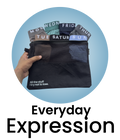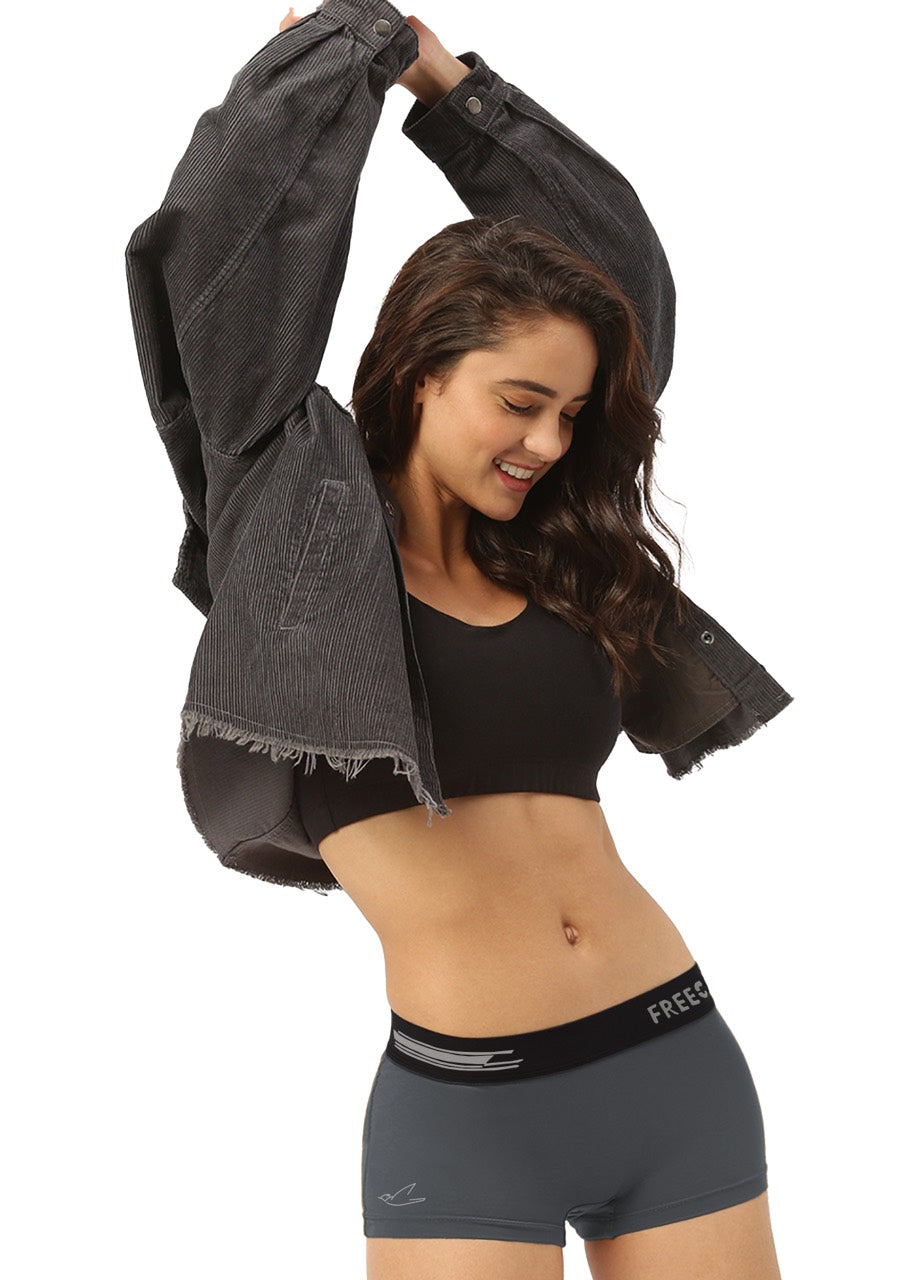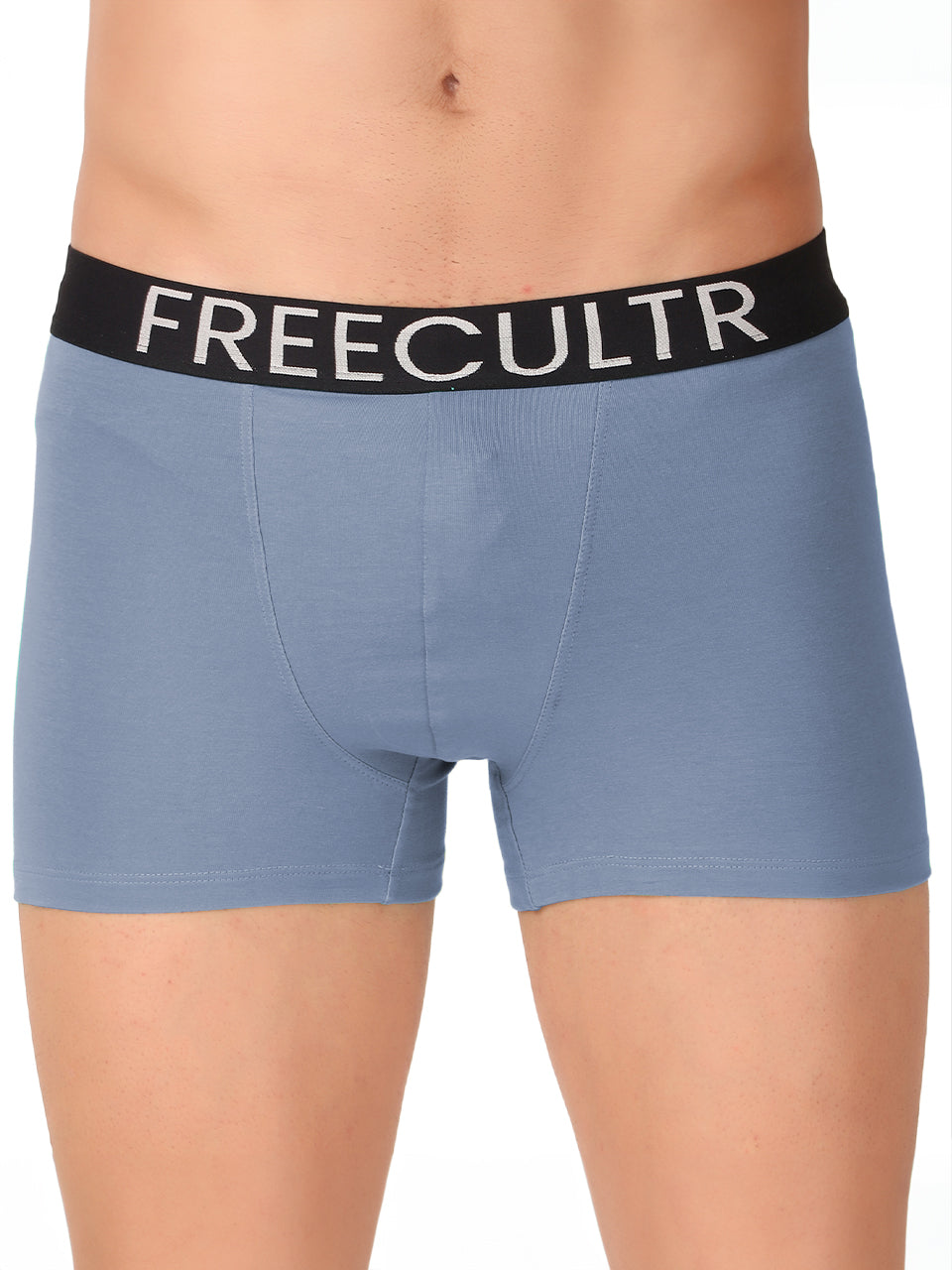Ever felt that mid-afternoon discomfort – the clingy, damp feeling beneath your shirt? It’s a silent struggle many men face daily. Modern performance fabrics offer a solution. Finding the right undershirt – one that truly wicks moisture and disappears under clothes – remains elusive. We'll explore how advanced knitting techniques and fiber blends, like micro-modal and performance synthetics, are revolutionizing undershirt design. This involves analyzing fabric breathability ratings, construction methods that minimize seams. The crucial role of fit in maximizing comfort and performance. Discover how these innovations create a smooth, virtually invisible layer, keeping you cool, dry. Confident all day long.

The Importance of a Smooth Fit
A smooth fit in an undershirt is more than just about aesthetics; it's about comfort and confidence. An undershirt that fits snugly against the body without being restrictive prevents bunching and unsightly lines under your outer clothing. This creates a cleaner, more polished silhouette, whether you're wearing a dress shirt, a t-shirt, or even a suit. A well-fitted undershirt becomes almost invisible, allowing your outer layers to drape properly and look their best.
Think of it like this: the undershirt is the foundation of your outfit. A flawed foundation will inevitably affect the final result. A baggy or ill-fitting undershirt can create wrinkles, bulges. Discomfort, distracting from your overall appearance and potentially impacting your confidence throughout the day. The goal is to find an undershirt that feels like a second skin, providing a smooth, comfortable base layer.
Understanding Moisture Absorbency
Moisture absorbency, also known as moisture-wicking, is the ability of a fabric to draw sweat away from the skin and move it to the outer surface of the material where it can evaporate. This process helps to keep you cool, dry. Comfortable, even during periods of physical activity or in warm weather. The science behind moisture-wicking lies in the fabric's structure and the properties of the fibers used.
Key Terms:
- Hydrophilic: Fibers that attract water. Cotton is a naturally hydrophilic fiber.
- Hydrophobic: Fibers that repel water. Synthetic fibers like polyester and nylon are often hydrophobic.
- Capillary Action: The ability of a material to draw liquid upwards against gravity. This is crucial for moisture-wicking.
Moisture-wicking fabrics achieve their function by using a combination of fiber types and fabric construction. For example, some fabrics blend hydrophobic and hydrophilic fibers. The hydrophilic fibers absorb the sweat, while the hydrophobic fibers help to move it to the outer surface for evaporation. The fabric's construction, such as a knit with small channels, also aids in capillary action, further enhancing moisture transport.
Materials Matter: Comparing Fabric Options
The choice of fabric significantly impacts both the smooth fit and moisture absorbency of an undershirt. Here's a comparison of common materials:
| Fabric | Smooth Fit | Moisture Absorbency | Pros | Cons |
|---|---|---|---|---|
| Cotton | Can be prone to stretching and losing shape | Absorbs moisture but dries slowly | Breathable, soft, relatively inexpensive | Can feel damp and heavy when wet, wrinkles easily |
| Polyester | Good shape retention, smooth feel | Excellent moisture-wicking properties | Durable, wrinkle-resistant, quick-drying | Less breathable than cotton, can retain odors |
| Nylon | Very smooth and form-fitting | Good moisture-wicking properties | Strong, lightweight, elastic | Can be expensive, less breathable than cotton |
| Modal | Excellent drape, very smooth | Good moisture-wicking properties | Soft, breathable, resistant to shrinkage | Can be more expensive than cotton |
| Blends (e. G. , Cotton/Polyester) | Varies depending on the blend ratio | Moderate moisture-wicking properties | Combines the benefits of both fibers, often more affordable | Performance depends on the specific blend |
When selecting an undershirt, consider your priorities. If breathability and affordability are key, cotton or a cotton blend might be suitable. If moisture-wicking and durability are paramount, polyester or nylon blends are better choices. Modal offers a good balance of comfort and performance.
The Role of Undershirts in Different Environments
The ideal undershirt will vary depending on your environment and activity level. Here are some real-world examples:
- Office Setting: In a professional office, maintaining a polished appearance is crucial. A smooth-fitting modal or nylon undershirt can provide a streamlined look under a dress shirt, preventing wrinkles and bulges. If you tend to get warm during meetings, a moisture-wicking fabric will help you stay comfortable and confident.
- Outdoor Activities: For activities like hiking, running, or playing sports, moisture-wicking is essential. Polyester or nylon undershirts will keep you dry and prevent chafing, allowing you to perform at your best.
- Casual Wear: For everyday wear, comfort is key. A soft cotton or modal blend undershirt can provide a comfortable base layer under a t-shirt or sweater.
- Hot Weather: In hot and humid climates, breathability and moisture-wicking are essential. Look for lightweight undershirts made from materials like modal or specialized performance fabrics designed to keep you cool and dry.
Technological Advancements in Undershirt Design
The undershirt industry is constantly evolving, with new technologies aimed at improving comfort, performance. Durability. Some notable advancements include:
- Seamless Construction: Seamless undershirts eliminate seams that can cause irritation and chafing, providing a smoother, more comfortable fit.
- Antimicrobial Treatments: These treatments inhibit the growth of bacteria, reducing odor and extending the lifespan of the undershirt.
- Compression Technology: Compression undershirts provide support to muscles, improving circulation and reducing fatigue.
- Temperature Regulation: Some undershirts incorporate technologies that help regulate body temperature, keeping you cool in warm weather and warm in cold weather.
These advancements reflect a growing demand for undershirts that offer more than just basic coverage. Consumers are increasingly seeking out undershirts that provide tangible benefits in terms of comfort, performance. Hygiene.
Finding the Perfect Fit: Tips for Choosing the Right Undershirt
Choosing the right undershirt involves considering several factors, including your body type, activity level. Personal preferences. Here are some tips to help you find the perfect fit:
- Know Your Measurements: Measure your chest, waist. Torso length to ensure you select the correct size. Refer to the manufacturer's sizing chart for accurate guidance.
- Consider the Neckline: Choose a neckline that complements your outer clothing. V-neck undershirts are ideal for wearing under button-down shirts with the top button undone, while crew neck undershirts are better suited for t-shirts or sweaters.
- Think About Sleeve Length: Sleeve length depends on the style of your outer clothing. Sleeveless undershirts are suitable for warmer weather or when wearing short-sleeved shirts, while short-sleeved undershirts provide coverage under long-sleeved shirts.
- Read Reviews: Before making a purchase, read reviews from other customers to get insights into the fit, comfort. Performance of the undershirt.
- Try Different Brands: Not all undershirts are created equal. Experiment with different brands to find the ones that fit your body type and meet your needs.
Conclusion
Choosing the right undershirt is more than just a matter of comfort; it's an investment in your confidence and overall well-being. You've learned about the importance of a smooth fit and moisture-wicking properties. Putting this knowledge into practice is the real key. Think of your undershirt as the foundation of your outfit, ensuring a polished look and all-day comfort. The journey doesn't end here. As fabric technology evolves, we'll likely see even more innovative undershirts that adapt to our unique needs. Keep an eye out for advancements in sustainable materials and enhanced breathability. Don't be afraid to experiment with different styles and fabrics to find what works best for you. Embrace the power of a well-chosen undershirt. It's a small change that can make a big difference in how you look and feel. Invest in quality, prioritize comfort. Step into each day with confidence. Your wardrobe. Your comfort, will thank you.
FAQs
So, what exactly is a 'smooth fit' undershirt, anyway?
Good question! A smooth fit undershirt is designed to lie flat against your body, minimizing bulk and preventing those annoying lines you sometimes get through your dress shirt or polo. Think of it as a second skin. A comfortable one.
Why should I care about moisture absorption? I'm not that sweaty…
Even if you don't think you're a heavy sweater, moisture-wicking undershirts are fantastic. They pull sweat away from your skin, keeping you cooler in the summer and warmer in the winter. Plus, they help prevent those dreaded sweat stains on your outer clothes – a win-win!
What materials are best for smooth fit and moisture absorption? I'm seeing a lot of options.
You're right, there are tons! Generally, look for materials like microfiber, modal, or performance blends (often with polyester or nylon). They're lightweight, breathable. Excel at wicking away moisture. Cotton can be okay. It tends to hold onto moisture more, so it's not always the best choice if you sweat a lot.
Will these undershirts actually stay tucked in? I'm tired of constantly re-tucking!
That's the million-dollar question, isn't it? Look for undershirts that are extra-long or have a 'stay-tucked' design. A slightly longer length will give you more material to tuck in and help prevent it from riding up throughout the day. Some brands even have specific features to help them stay put.
Crew neck or V-neck? Which is the way to go?
It really depends on what you're wearing over it! Crew necks are great under t-shirts or button-down shirts that are buttoned all the way up. V-necks are your best bet if you're wearing a button-down with a couple of buttons undone, as they'll stay hidden. Nobody wants to see your undershirt peeking out!
How do I wash these things to keep them in good shape?
Always check the care label. Generally, machine wash them cold with similar colors. Tumble dry on low heat or, even better, hang them to dry. Avoid using bleach, as it can damage the fabric and affect its moisture-wicking properties. Treat them well. They'll last longer!
Are they really worth the extra money compared to a regular cotton undershirt?
Honestly, yes, for most guys. The comfort, moisture-wicking. Smooth fit are game-changers, especially if you wear dress shirts regularly. Think of it as an investment in your comfort and confidence. You might be surprised at how much of a difference it makes!






